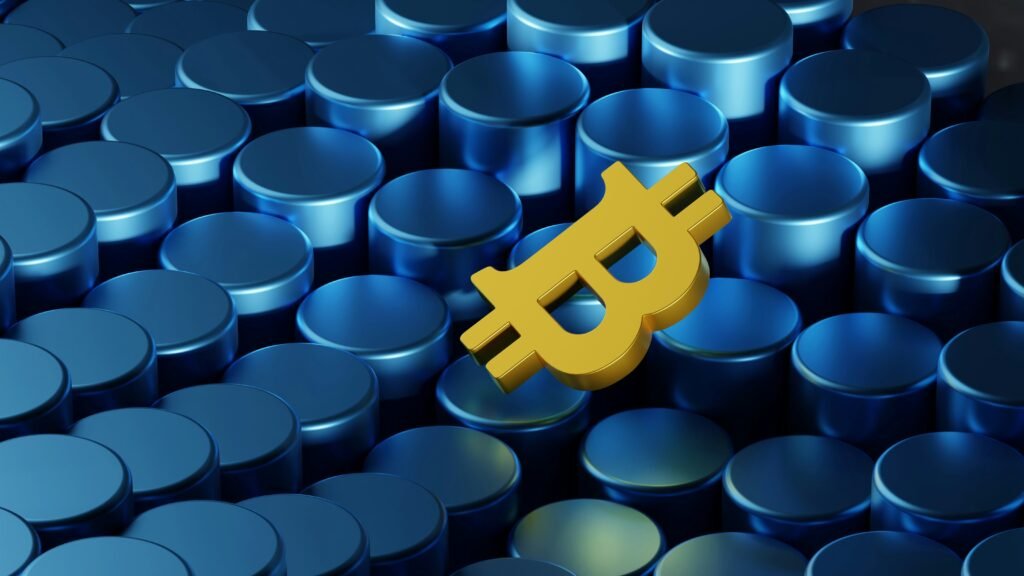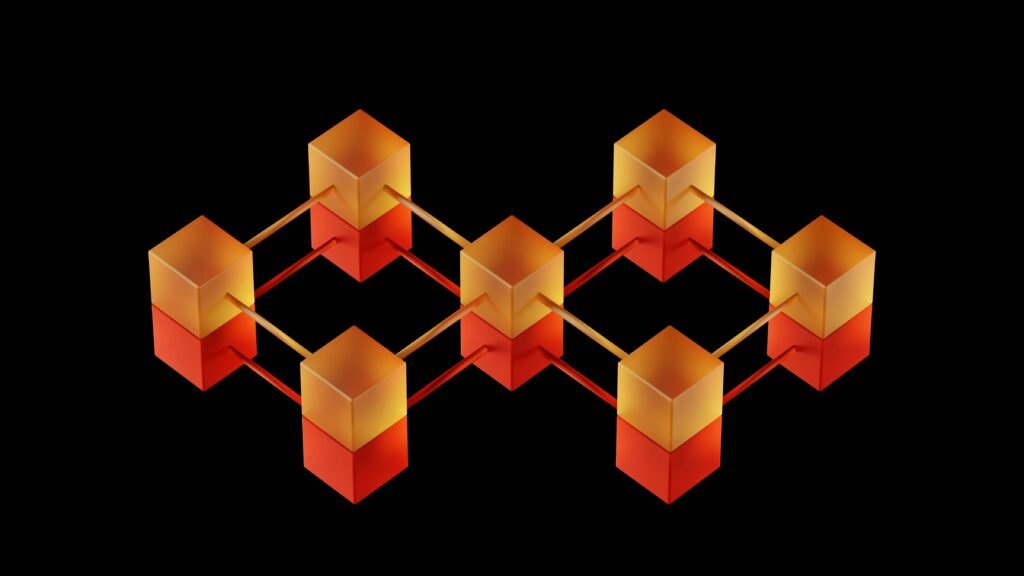Lead: Tokenized Pokémon cards have exploded in trading volume as collectors and traders turn physical cards into on-chain NFTs. Marketplaces like Courtyard marketplace list hundreds of tokenized Pokémon cards on Ethereum and Polygon, and sales jumped sharply this year. But using these digital twins for DeFi lending or NFT-backed lending faces major hurdles. Custody risk, off-chain pricing, and data reliability make lending complex even as collectibles gain mainstream attention.
Why collectors are buying
Interest in tokenized Pokémon cards comes from both crypto-native buyers and traditional collectors. NFTs let owners prove ownership and trade collectibles instantly. Platforms pair grading (PSA) and trusted custody to boost confidence. That combination turns physical cards into Real-World Assets (RWA) that can move between Web3 marketplaces and traditional channels like TCGPlayer or eBay.
DeFi lending hurdles
Even with demand, DeFi lending against tokenized Pokémon cards remains experimental. Lenders worry about valuation swings and liquidation. NFT-backed lending protocols need reliable price oracles and clear collateral standards. Without those, undercollateralized loans or sudden liquidations could wipe out lender capital and damage nascent markets.
How price oracles matter
Price oracles bridge off-chain pricing—TCGPlayer and eBay listings—to on-chain valuations. For tokenized Pokémon cards, oracles must handle rare-card price dispersion and low trade frequency. Simple averages can misprice an ultra-rare holo, while stale data can trigger false liquidations. Robust oracle design is essential to reduce data reliability issues that scare lenders.
Custody and grading risks
Custody risk is another core blocker for NFT-backed lending. Lenders need confidence that the underlying physical card exists, is authenticated, and is stored securely. Grading (PSA) and audited custodians can help. But different platforms use different custody models, which complicates collateral transfer across chains and increases counterparty risk for lenders.
Vending machine model gains traction
Some marketplaces use a vending machine model to lower barriers. Courtyard marketplace popularized a “random pull” system where buyers get cards at mint and can sell back at a partial market price. That model increases liquidity for tokenized Pokémon cards and makes collectibles more fungible. Still, it doesn’t fully solve valuation or custody for loans.
Where tokenized cards trade
Tokenized Pokémon cards are live across multiple chains, not just Ethereum. Polygon offers low fees, while Solana, Flow, and Base projects also host collectible drops. Multi-chain support helps volume but adds complexity for DeFi lending platforms that must reconcile cross-chain collateral states and oracle feeds.
What lenders are testing
Some teams propose mockups for lending services that use diversified oracles and graded custody. Pseudonymous builders like Keef and teams behind protocols such as Teller explore hybrid models combining on-chain collateral with off-chain insurance. These pilots aim to prove NFT-backed lending can be safe at scale, but widespread adoption needs standardization.
Why the market is heating up
Sales volume for tokenized Pokémon cards jumped as collectors seek liquidity and exposure to digital markets. The idea of turning rare cards into RWAs is attractive for unlocking capital. Yet, technical and operational gaps remain. Until price oracles, custody standards, and insurance frameworks mature, most lending will stay conservative.
Tips for buyers and lenders
Buyers should check grading (PSA), custody terms, and the marketplace’s off-chain pricing sources. Lenders should demand robust oracles, transparent liquidation rules, and insured custodial arrangements. Both parties benefit when platforms integrate reliable feeds from TCGPlayer and eBay and when marketplaces clearly document custody and transfer processes.
Final take
Tokenized Pokémon cards show how collectibles can enter DeFi as Real-World Assets (RWA). Trading is active and inventive models like vending machines increase liquidity. Still, the leap from trading to safe DeFi lending is large. Data reliability, custody risk, and oracle design must improve before NFT-backed lending becomes mainstream.
Frequently asked questions about tokenized Pokémon cards
Are tokenized Pokémon cards the same as NFTs?
Yes. Tokenized Pokémon cards are NFTs that represent ownership of a physical card. They encode provenance and can be traded on-chain, but rely on graders and custodians to link the token to the real card.
Can I use tokenized Pokémon cards as collateral for loans?
Some lenders are experimenting with NFT-backed lending, but it’s not yet common. Lenders require strong price oracles, trusted custody, and clear liquidation rules before accepting tokenized Pokémon cards widely.
Which blockchains host tokenized Pokémon cards?
Ethereum and Polygon host many tokenized Pokémon cards. Projects also appear on Solana, Flow, and Base, which help broaden liquidity and lower fees for collectors.
How do price oracles work for these collectibles?
Price oracles aggregate off-chain pricing from marketplaces like TCGPlayer and eBay, then publish an on-chain valuation. Oracles must handle low liquidity and large price dispersion for rare cards to avoid mispricing.
Sources to this article
Courtyard (2025) Courtyard marketplace — platform information. Available at: https://courtyard.xyz (accessed 10 Sep 2025).
PSA (2025) Professional Sports Authenticator — grading and custody standards. Available at: https://www.psacard.com (accessed 10 Sep 2025).
TCGPlayer (2025) TCGPlayer pricing data and market listings. Available at: https://www.tcgplayer.com (accessed 10 Sep 2025).
eBay (2025) eBay marketplace — collectible sales data. Available at: https://www.ebay.com (accessed 10 Sep 2025).
Teller (2025) Teller Protocol — NFT lending experiments and documentation. Available at: https://teller.org (accessed 10 Sep 2025).



